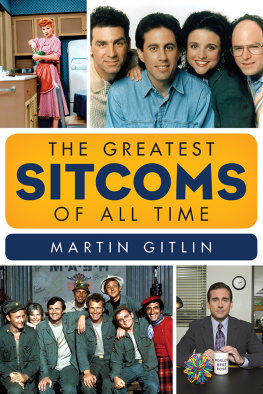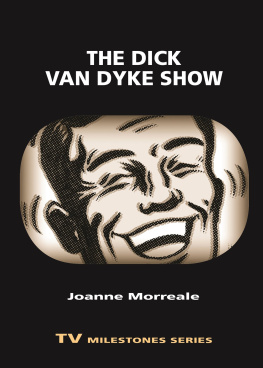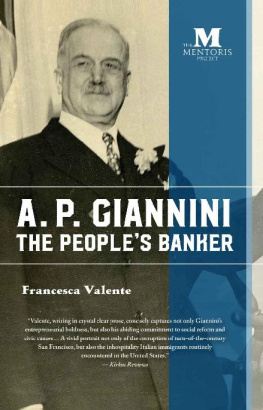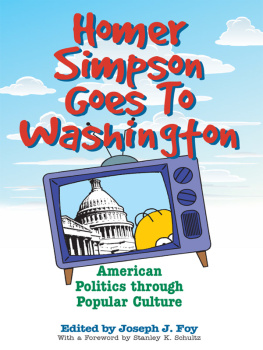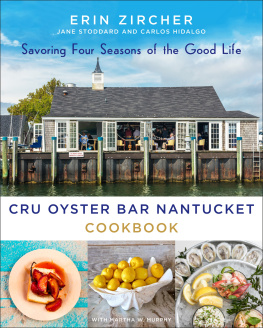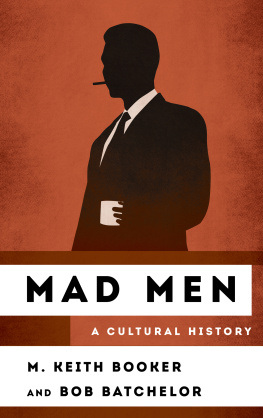
Praise for The Good Place
Holy forking shirtballs, Erin Giannini has written the definitive guide to The Good Place! With a thoughtful eye for detail, Giannini weaves an understanding of the thematic, political, narratological, and pedagogical value of this groundbreaking sitcom. A must-read for fans and scholars alike, this volume explores what The Good Place is, what it can be, and what it means for all of us.
Paul Booth, professor of media and cinema studies, DePaul University
In addition to her excellent observations on The Good Places pointed comedic critique, its deft storytelling techniques, and its engagement with deeper themes, Giannini insightfully examines the place of the series among its televised forebears, contemporaries, and descendants. The Good Place is a good read!
Janet Brennan Croft, editor of Mythlore: A Journal of J.R.R. Tolkien, C.S. Lewis, Charles Williams, and Mythopoeic Literature
This excellent study provides a sophisticated account of the ambitions of The Good Place. Erin Giannini guides us through the complexities of the show both as a sitcom and as pedagogy, assisting us in appreciating both its philosophical themes and its achievement as television. Anyone interested in the show or the possibilities of television would benefit from reading this book.
James B. South, professor of philosophy, Marquette University
The Good Place provides a thorough and commanding televisual critique worthy of the complexity of its subject matter. Erin Giannini grounds her scholarship in well-explicated political and philosophical context, helping the reader to appreciate both the series immediate social relevance and its value as art that transcends its cultural moment. Excellent reading for scholars, students, and fans.
Regina Hansen, Boston University
The Good Place

TV Milestones
Series Editor
Barry Keith Grant, Brock University
TV Milestones is part of the Contemporary Approaches to Film and Media Series.
A complete listing of the books in this series can be found online at wsupress.wayne.edu.
The Good Place
Erin Giannini

Wayne State University Press
Detroit
Copyright 2022 by Wayne State University Press, Detroit, Michigan, 48201. All rights reserved. No part of this book may be reproduced without formal permission.
ISBN 978-0-8143-4432-3 (paperback)
ISBN 978-0-8143-4433-0 (e-book)
Library of Congress Control Number: 2022933654
Wayne State University Press rests on Waawiyaataanong, also referred to as Detroit, the ancestral and contemporary homeland of the Three Fires Confederacy. These sovereign lands were granted by the Ojibwe, Odawa, Potawatomi, and Wyandot Nations, in 1807, through the Treaty of Detroit. Wayne State University Press affirms Indigenous sovereignty and honors all tribes with a connection to Detroit. With our Native neighbors, the press works to advance educational equity and promote a better future for the earth and all people.
Wayne State University Press
Leonard N. Simons Building
4809 Woodward Avenue
Detroit, Michigan 48201-1309
Visit us online at wsupress.wayne.edu.
References to internet websites (URLs) were accurate at the time of writing. Neither the author nor Wayne State University Press is responsible for URLs that may have expired or changed since the manuscript was prepared.
To my aunt Pat Stephens (19312019), who always encouraged me, and more than earned her spot in the Good Place.
Contents
E ndless gratitude for those who helped this book be, including Stacey Abbott, for early advice on the process; the Science Fiction and Fantasy section of the Southwest Popular and American Culture Association, for discussion and ideas; Tamy Burnett, for helping turn an offhanded comment during a panel into what would become the books first chapter; Kristopher Woofter, for encouragement and discussion; Marie Sweetman, for editorial prowess and thoughtfulness; and Carol Giannini, for support.
Entering The Good Place
M ichael (Ted Danson), a demon architect initially bent on torturing humans, only to become their staunchest supporter, attempts to inspire Eleanor Shellstrop (Kristen Bell) after a succession of failures by telling her: You fail and then you try something else. And you fail again and again, and you fail a thousand times, and you keep trying because maybe the 1001st idea might work. His words are applicable on multiple levels, both within and outside the series The Good Place (20162020). The narrative of the series, set primarily in an afterlife and focused on four morally or ethically dubious (to various degrees) human characters, consistently portrayed these humans as tryingand sometimes failingto be better people, even though much of this growth occurred after they had died. Moving outward from the series specific narrative, it can be applied to the creative process of developing and shepherding a creative work through multiple drafts: some stories work, some dont, and the artist tries again. For creator Michael Schur, however, Michaels words serve as his own thesis statement on what The Good Place is trying to convey:
We were arguing for trying. [As you set out to] achieve ethical or moral perfection in your life, youre gonna screw up a million times, and when you die, youll look back and say, Yeah, I was screwing up until the very end. But this show is arguing that that doesnt mean you dont try to do the right thing. In fact, that means you try harder. You really have to just hope and believe that its worth doing, that its worth putting in the work. (Snierson 2020)
Or, in Eleanors own words, when all hope seems lost that the four humans, Michael, and embodied artificial intelligence (AI) Janet (DArcy Carden) can escape an eternity in hell: I think we have one move left. We can try (Jeremy Bearimy 3.5).
The idea of trying to live a moral and ethical life is not a radical one; however, the timing of the series debut (September 2016), as well as the optimism it displayed in arguing that no one is irredeemable, struck many viewers and commentators as needed (e.g., Kaffer 2020). While it made few overt political references (see chapter 3), its argument for connection and empathy stood in contrast to the contemporaneousand frequentpolitical messages of divisiveness and us-vs.-them during the years it aired.
Further, in terms of both narrative and character development, The Good Place hews closer to serialized drama than sitcom. That is, not only does each episode build on the previous onewith the attendant narrative memorybut the series itself is predicated on the ethical and moral growth of its characters. Its pedagogical impulse (teaching the characters to be better) extends to its audience, in that the ethics lessons are clear enough to increase viewer knowledge. New viewing platforms played a significant role in the series success, suggesting shifts in distribution and development. Finally, it is one of only a few sitcoms that fit more comfortably into the fantasy/science fiction genre.
On the (Literal) Road to The Good Place: Conception and Creation
Michael Schur has plenty of experience in sitcoms, having written for or co-created some of the decades most popular or critically acclaimed shows, including
Next page


